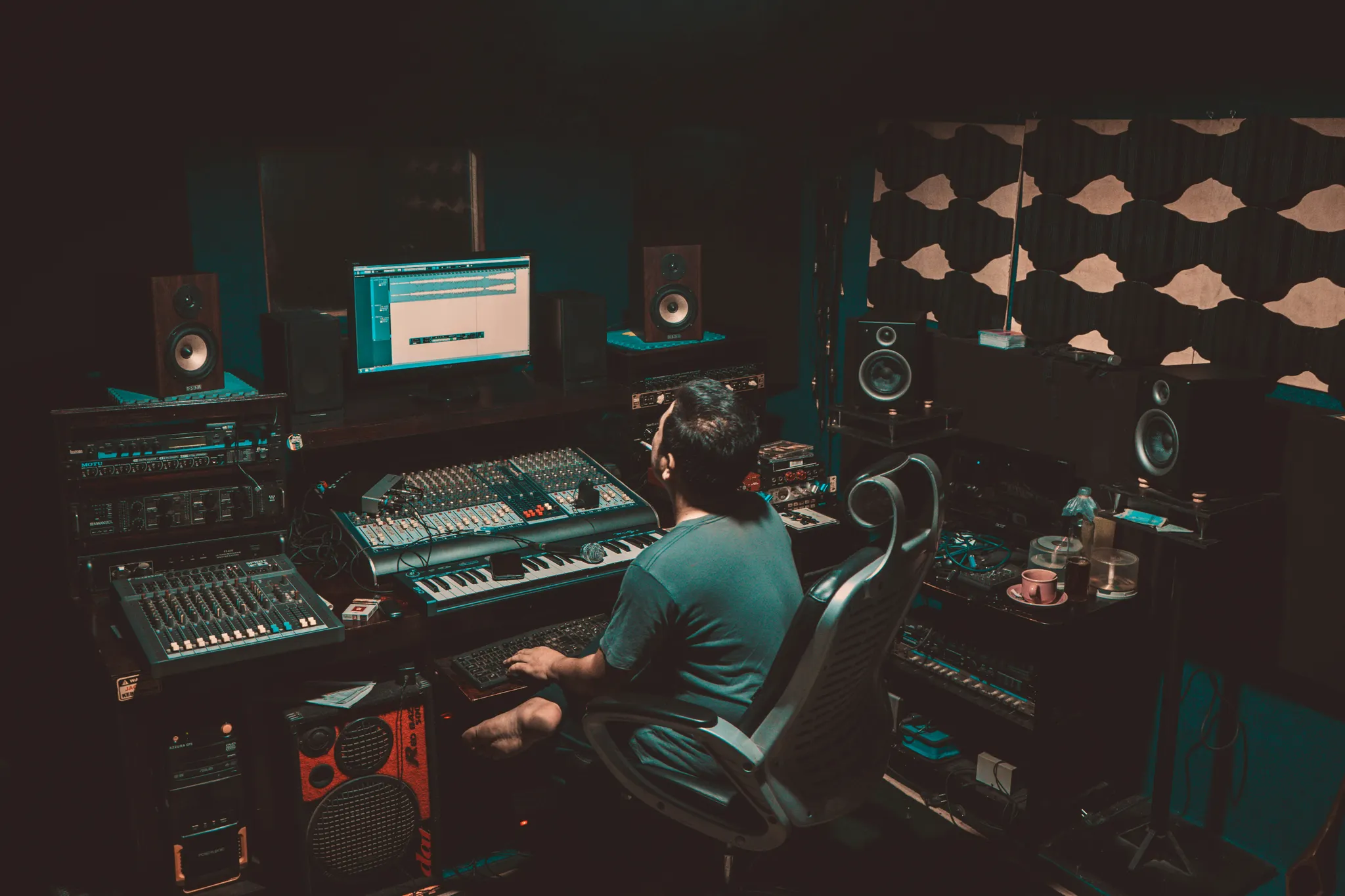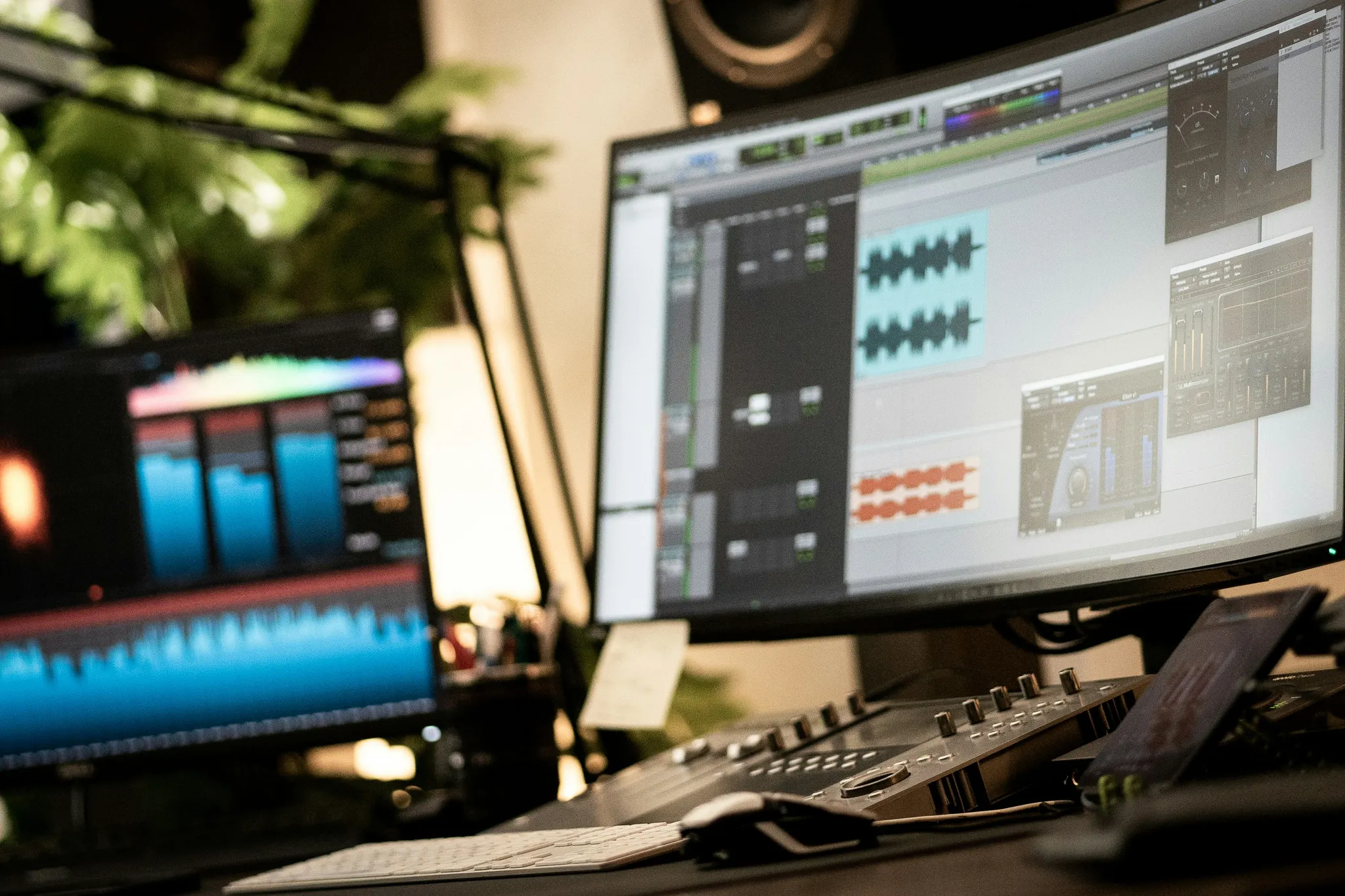
How Are Typical Indie Record Label Deals Structured?
Independent record labels (or “indie labels”) play a critical role in today’s music ecosystem. They’re often more flexible, genre-focused, and artist-friendly than the major label giants, but signing a contract with an indie label still comes with important considerations.
If you’re an emerging artist, understanding how indie label deals are typically structured can help you make informed decisions. Whether you’re reviewing your first offer, comparing options, or deciding if you want a label at all.
📑 The Basics of an Indie Record Label Deal
At its core, a record label deal defines what rights the label has, what responsibilities they’ll take on, and how revenue is shared.
While indie contracts vary widely, most include:
- Ownership & rights (who owns the master recordings)
- Distribution terms (how music gets onto streaming platforms and into stores)
- Revenue splits (what percentage of income goes to the label vs. the artist)
- Marketing & promotion commitments
- Recoupment clauses (how the label recovers its investment before artists get paid)
💰 Royalty Splits in Indie Deals
Unlike many major label deals — where artists may see royalties as low as 10–20% of revenue — indie labels often offer more favorable splits.
- Common indie royalty splits: 50/50 or 60/40 (in the artist’s favor).
- Mechanical royalties: Paid when music is sold or streamed; sometimes collected by the label, sometimes left to the artist through publishing administrators.
- Net profit deals: Some indie labels operate on a profit-sharing model where expenses are deducted, and remaining profits are split evenly.
Pro tip: Always clarify what expenses can be deducted before profits are shared.
🎶 Licensing vs. Distribution Deals
Indie labels typically work under two common structures:
-
Licensing Deal
- The artist retains ownership of the master recordings.
- The label licenses the rights to distribute and promote the music for a set period.
- After the license expires, rights revert fully back to the artist.
Why it matters: Licensing is often more artist-friendly and temporary, giving you long-term control.
-
Distribution Deal
- The label doesn’t own or license your masters but provides access to distribution networks.
- The label may still assist with marketing and playlist pitching.
- Distribution deals can be direct (with streaming services) or through third-party aggregators.
Why it matters: A distribution deal is often lower-commitment and can resemble DIY self-distribution — but with more hands-on support.
🔄 Recoupment: The Fine Print
Nearly all record deals include recoupment clauses. This means that before you, the artist, receive your share of royalties, the label first recovers its investment.
Examples of recoupable costs:
- Recording expenses (studio time, mixing, mastering)
- Music videos
- Marketing campaigns
- Touring support
👉 Important: Recoupment is not the same as debt. You typically don’t owe the label out of pocket if the music doesn’t generate enough income. But it does mean you may not see royalties until their costs are recouped.
📊 Typical Contract Lengths
- Album-based contracts: The deal lasts for a set number of albums (often one or two).
- Time-based contracts: A set duration (e.g., 3 years) with renewal options.
- Option clauses: Labels may include options to extend the contract if the first release performs well.
⚖️ Benefits and Trade-Offs
Benefits of indie label deals:
- More favorable royalty splits than majors.
- More flexibility and personal support.
- Opportunities for niche marketing and authentic community building.
Trade-offs:
- Smaller budgets compared to majors.
- Limited global distribution reach.
- Still involves giving up some control over your music or revenue.
🚀 The Indie Label Alternative: DIY Independence
Today, many artists choose to skip labels entirely, at least early in their careers. With tools for distribution, marketing, and fan engagement readily available, independence has never been more accessible.
- Distribute yourself via platforms like DistroKid, TuneCore, or CD Baby.
- Market directly to fans with email, SMS, and landing pages.
- Build data-driven campaigns to grow your audience sustainably.
Platforms like Sonikit give independent artists the same marketing advantages labels rely on — from pre-saves and fan segmentation to SMS campaigns and audience insights — but with full creative and financial control.
Final Thoughts
Indie label deals can be a powerful stepping stone for artists looking to scale their careers without the rigidity of major labels. But understanding how these deals are structured — from royalty splits to recoupment clauses — is essential before signing on the dotted line.
For some artists, a fair indie label deal can accelerate growth. For others, staying independent and leveraging modern tools may be the best way to retain both freedom and revenue.
Either way, the key is knowing your options — and making the choice that aligns with your vision for your music.
📌 Next Steps for Artists
- Compare licensing vs. distribution deals to see which aligns with your goals.
- Learn more about how artists get paid for streaming in our next guide.
- Explore Sonikit for marketing and fan engagement tools that give you label-level power without the label.



